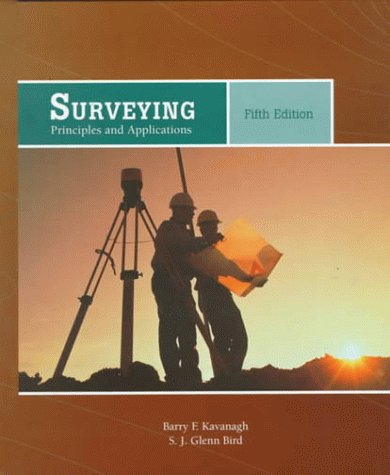For freshman-junior level courses in surveying, including photogrammetry and hydrographic surveying.
This text presents a clear discussion of surveying principles, and applications for mapping and engineering surveys. It has a good selection of problems that illuminate and reinforce concepts as well as provide up-to-date information on the latest technological innovations. Real-world emphasis is key to the continued success of this text and the success a student has in understanding surveying concepts. So real world is this text that graduates often arrive for their first day of work carrying it. Suitable for construction, civil technology, civil engineering programs, and general surveying programs.
This practical text presents a clear discussion of surveying principles and applications for mapping and engineering surveys. It has been extensively revised from the fifth edition and is now divided into three parts: Part 1 covers the basics of surveying principles; Part 2 introduces students to the latest in imaging techniques; and Part 3 covers practical approaches for applications in the engineering, hydrographic, and land surveying fields. The strength of this text is its real-world application, reflecting the author's many years of academic field experience.
Some of the key features include:
- Numerous illustrations and examples to clarify and reinforce chapter topics
- Updated isogonic charts
- A new chapter on Geographic Information Systems
- On-line and interactive techniques for computing grid/geographic coordinates, illustrated using NGS Tools
- Introduction to the latest imaging techniques using multi-spectral scanning and LIDAR mapping
- Expanded appendices with new glossary entries and a surveying and mapping website index
